
The book Live Through This begins with a conversation in which photographer Tony Fouhse bluntly asks Stephanie MacDonald, a young heroin addict whose recovery he’s been documenting: “You know how this should have ended? You should have died.”
“We started this thing,” Fouhse later writes, “Stephanie and I, as two people who just wanted something from each other. She wanted help getting clean and I wanted to take pictures of her. In the end, there was no distance.”
Fouhse, a photographer based in Ottawa, Canada, initially set out to work on portraits of drug addicts in downtown Ottawa.
“I don’t consider myself a photojournalist,” he told TIME, “because everything I do is mediated. Everything I do is done in collaboration with the subject.” Of photographing addicts he notes: “You could see them change when I was photographing them — putting on a face that they wanted the outside world to see.”
The title he chose for his series of portraits, User, references not only the addiction he documents but the fraught relationship between photographer and subject. “When I ask a person if I can photograph them, the subtext is, Will you give me power to reinterpret you or interpret you or to represent you or misrepresent you? So there has to be some initial trust there.”
Unlike User, the portraits in Live Through This are less about life on the streets and instead document one person’s attempt to reclaim her life. In the process, she becomes a muse for a story of addiction, pain and the hope of recovery.
Photography has witnessed other, now-classic depictions of junkies, like Bill Eppridge’s “John and Karen, Two Lives Lost to Heroin,” published in LIFE in 1965, and Larry Clark’s landmark Tulsa (1971), in which the photographer’s portraits of his friends — and himself — formed a poignant picture of lost American youth.
Live Through This is a collaborative project and as such it feels, at times, both staged and unnerving.
Fouhse first met Stephanie in June 2010.
“I photographed her maybe three or four more times over a few weeks and then eventually sort of blurted out, ‘Is there something I can do to help you?’ She asked me to help her get into rehab, and the rest is history.”
Before she could enter rehab she discovered that she had a cerebral abscess (caused from injecting) which required brain surgery or it will be fatal.
“After her surgery,” Fouhse says, “she phoned me up and told me she wanted to go home. I asked her where her home was, and she said, ‘Your house.'”
Stephanie eventually moved into the photographer’s house — along with his wife and two dogs — to withdraw from heroin and begin rehab.
“The only two places she could have gone were to her dealers or the streets, where she would have died,” Fouhse says. “So it was kind of out of our hands, in a way. We had to do this whether we wanted to or not.” Stephanie lived with the couple for almost a year and in the process worked with Fouhse on making photographs.
Live Through This has a simple, unassuming white cover with no photo on it. It tells the story of a young woman most people would rather not even spend time thinking about. But with each page the viewer confronts the degrading brutality of addiction — a person’s body scarred and burdened by pain.
Fouhse says about ninety percent of the work was collaborative, and the work is sequenced in chronological order.
No one else is seen in the book besides Stephanie.
“We were in this little cocoon,” Fouhse says of working on the book. “The outside world is excluded.”
A short essay with text by Stephanie is tucked into a pocket at the back of the book, along with a recent photograph of her at her new home. She looks peaceful and healthy. She writes about her struggles, about staying clean. She is still uncertain about her future, but she is able to honestly consider her past.
“I know this is wrong to say,” she writes, “but I kinda miss those days. But now that it’s over and I’m clean at least I can say that happened to me.”
Tony Fouhse is a photographer based in Ottawa, Canada. Live Through This is published by Straylight Press.
Paul Moakley is the Deputy Photo Editor at TIME. You can follow him on Twitter @paulmoakley.
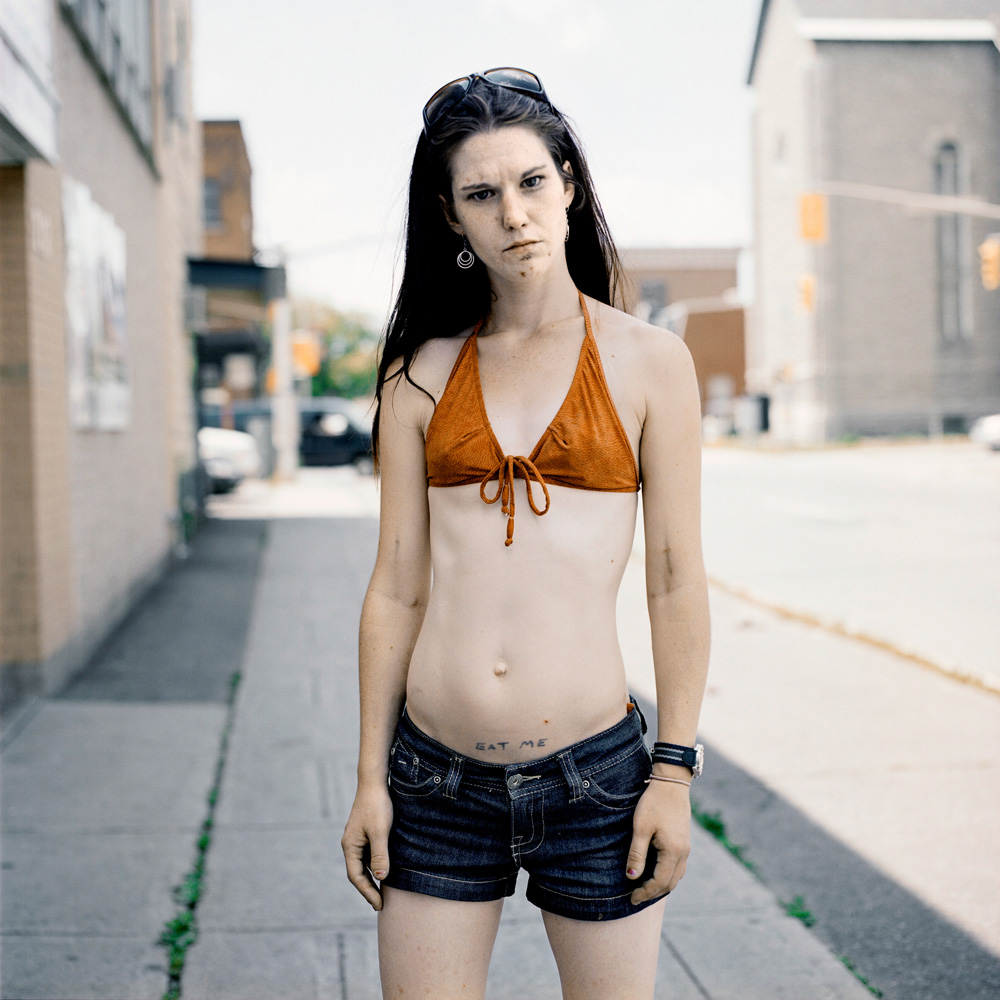
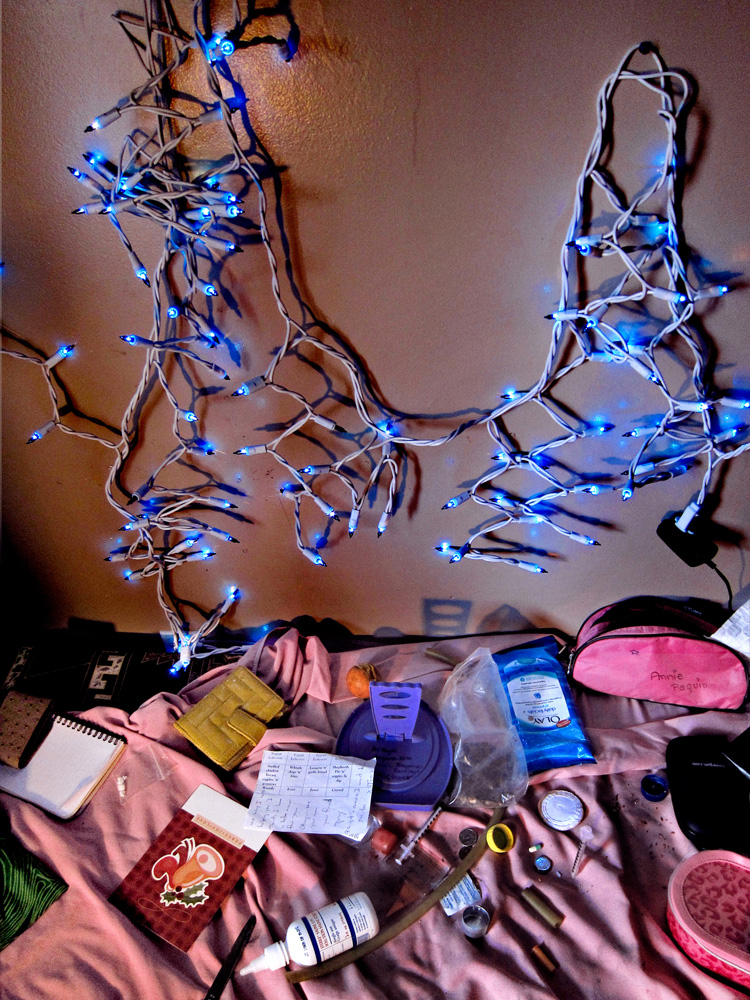
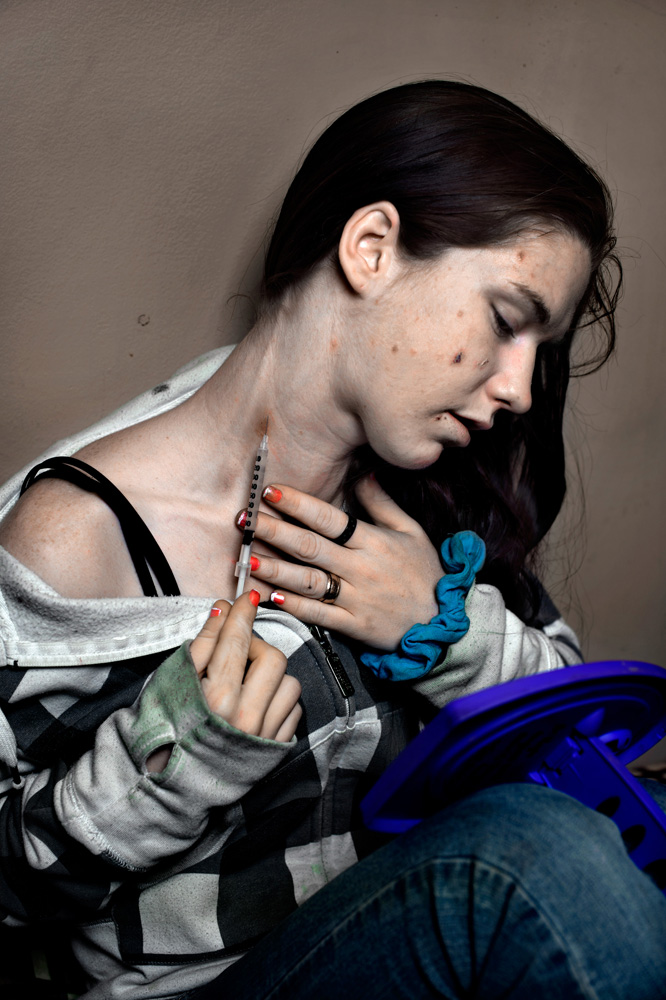

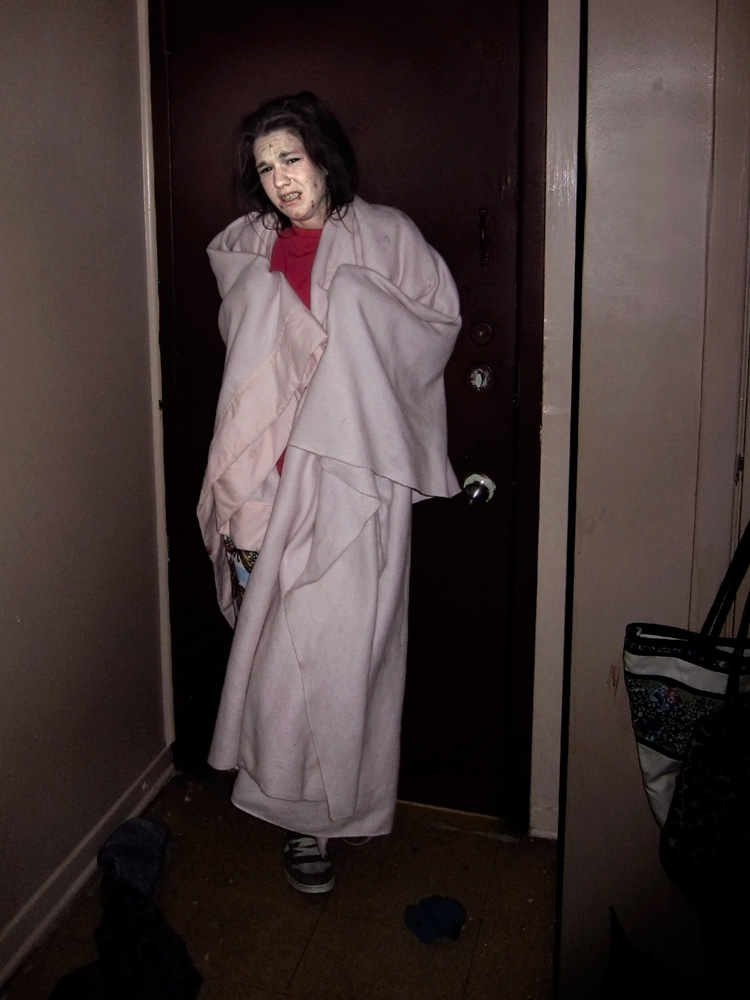
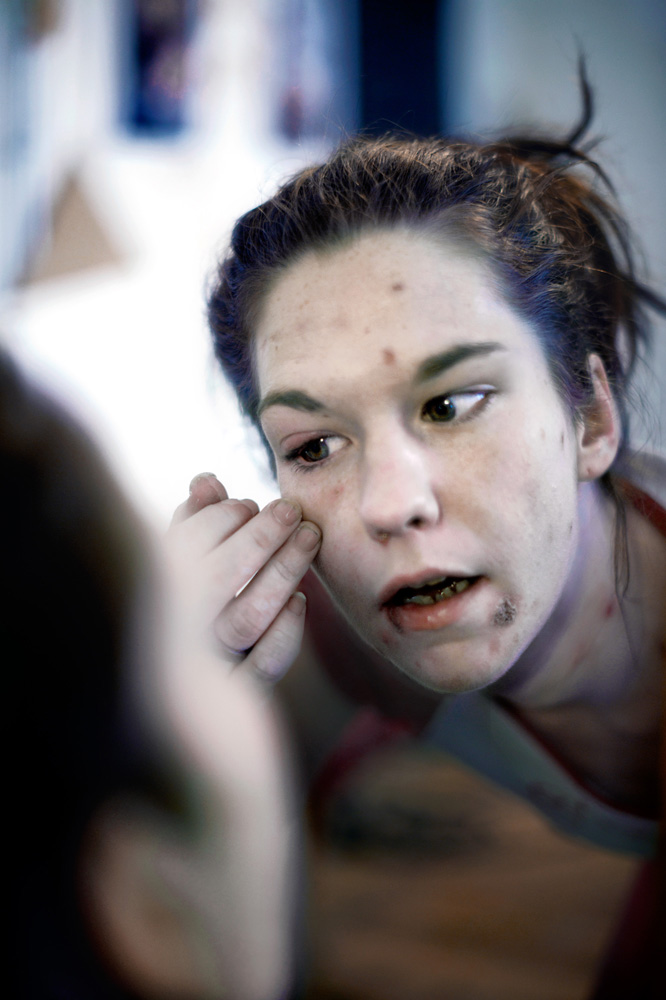
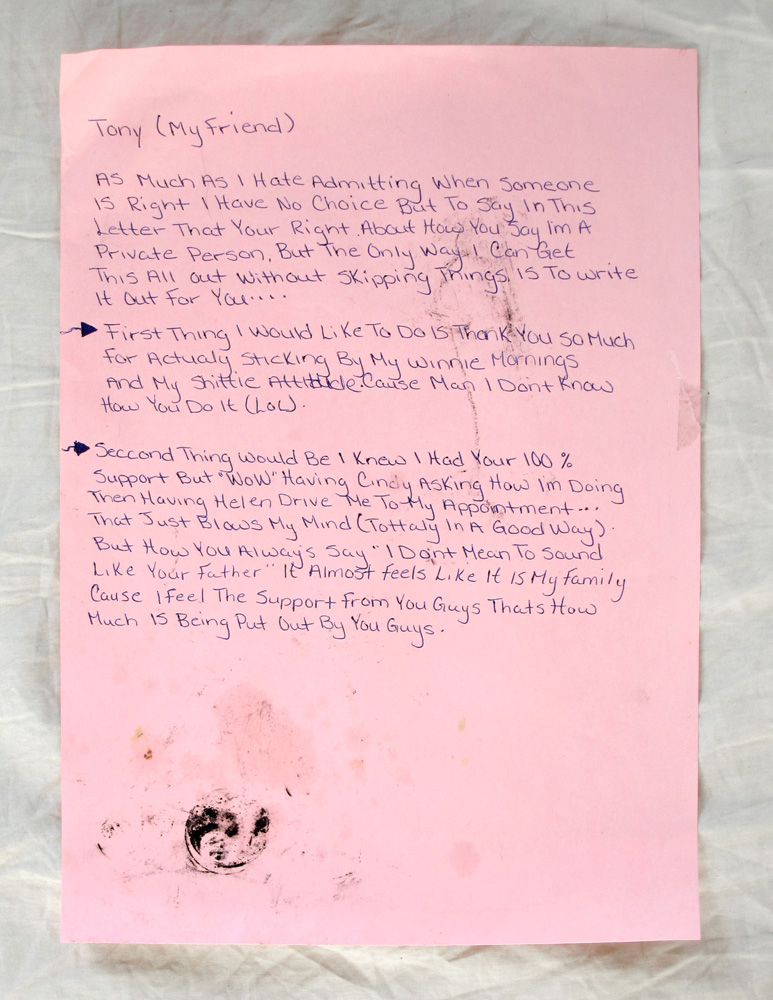
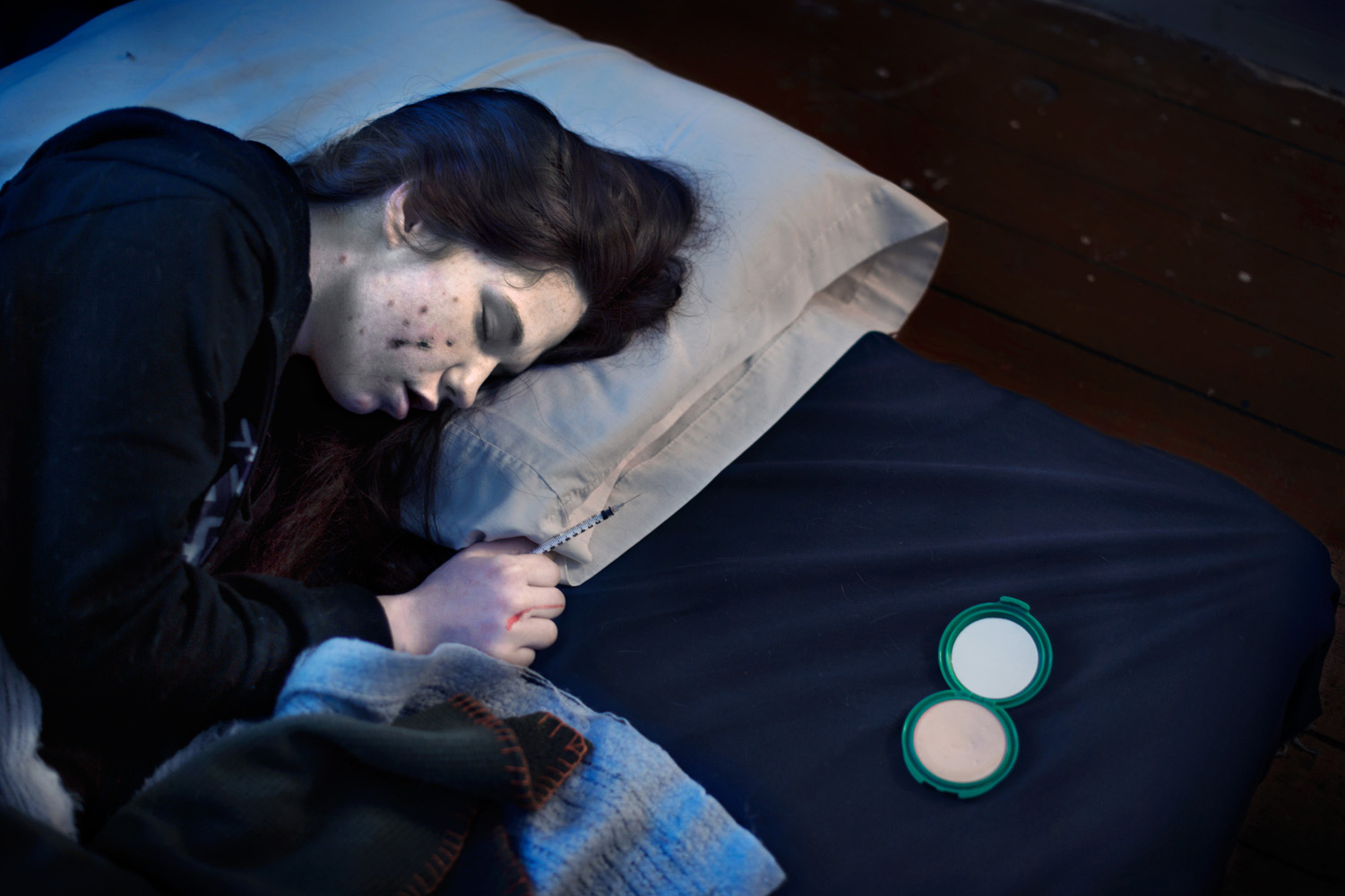


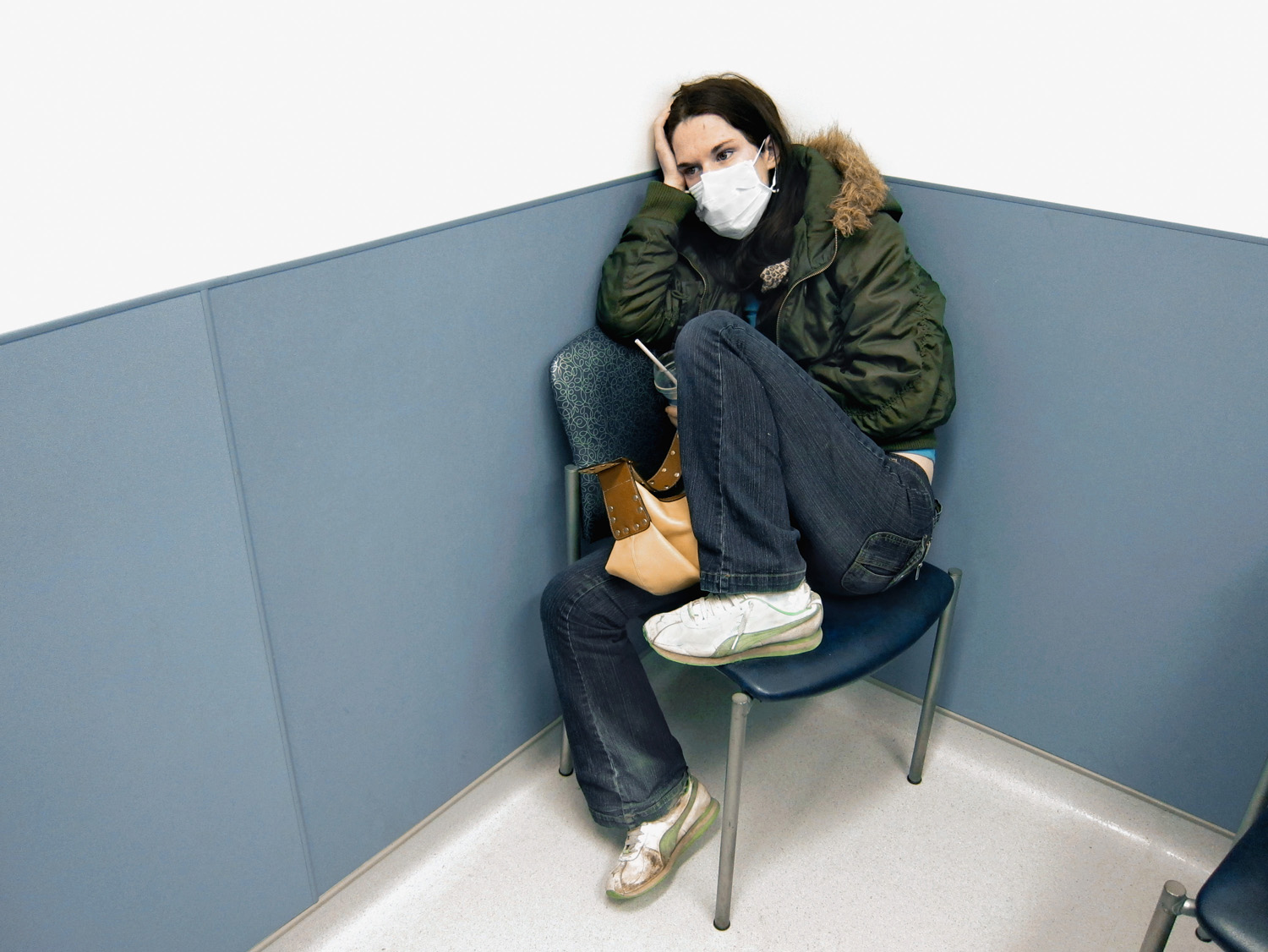


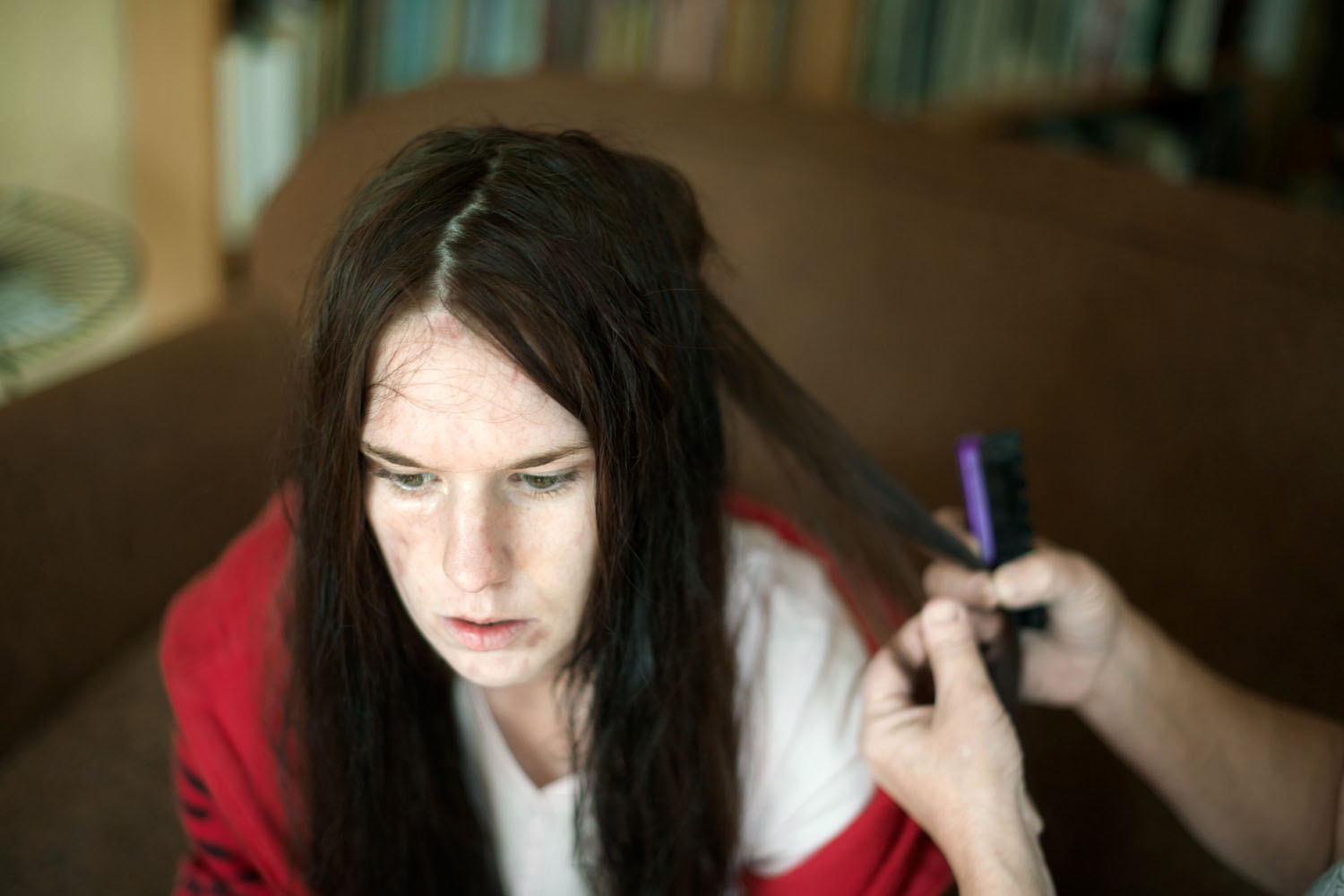
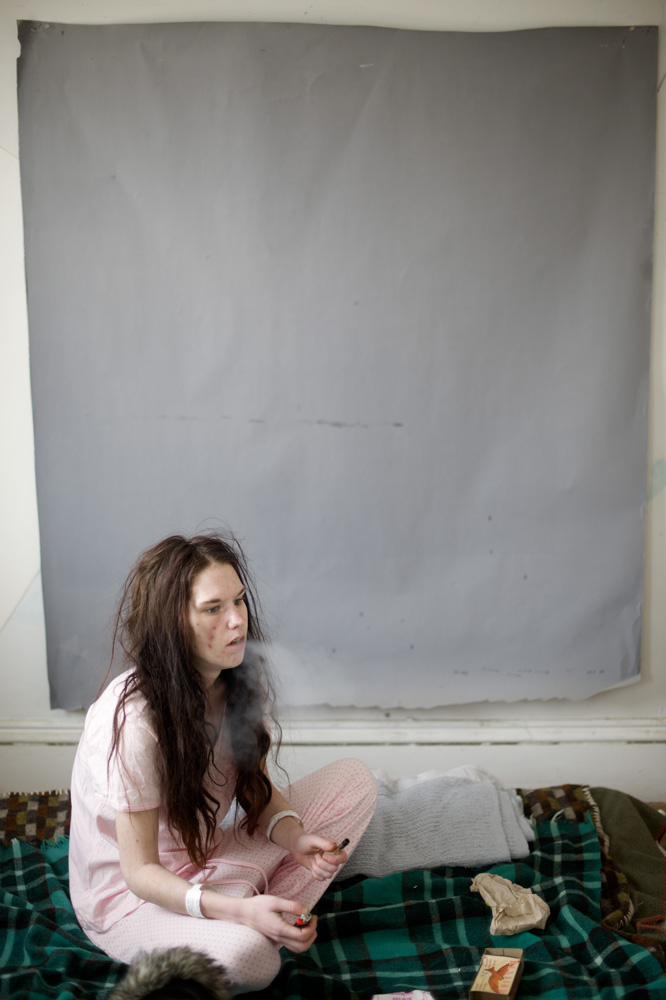

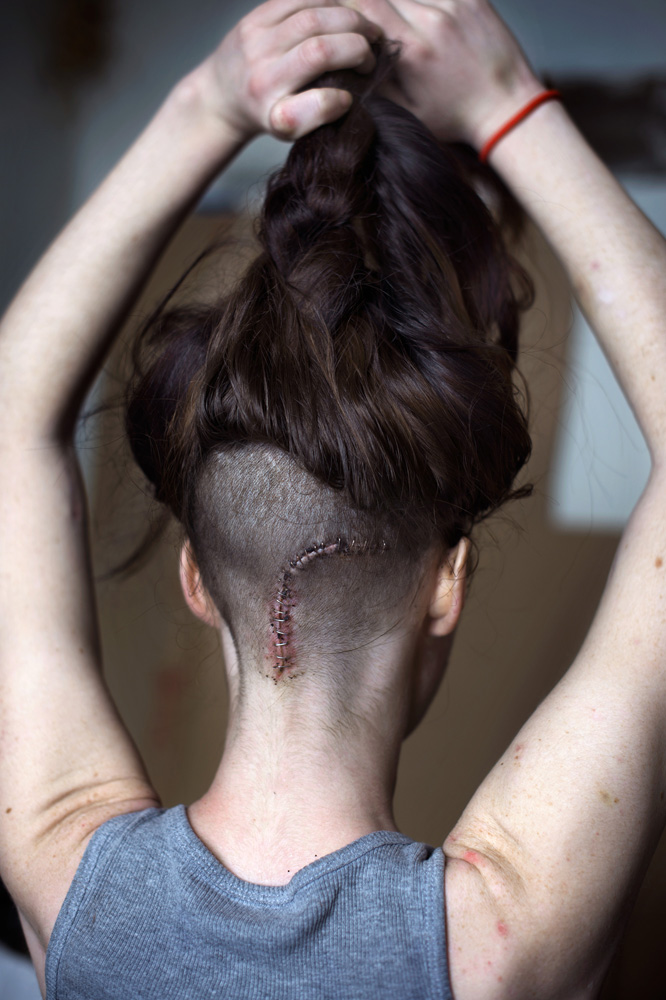

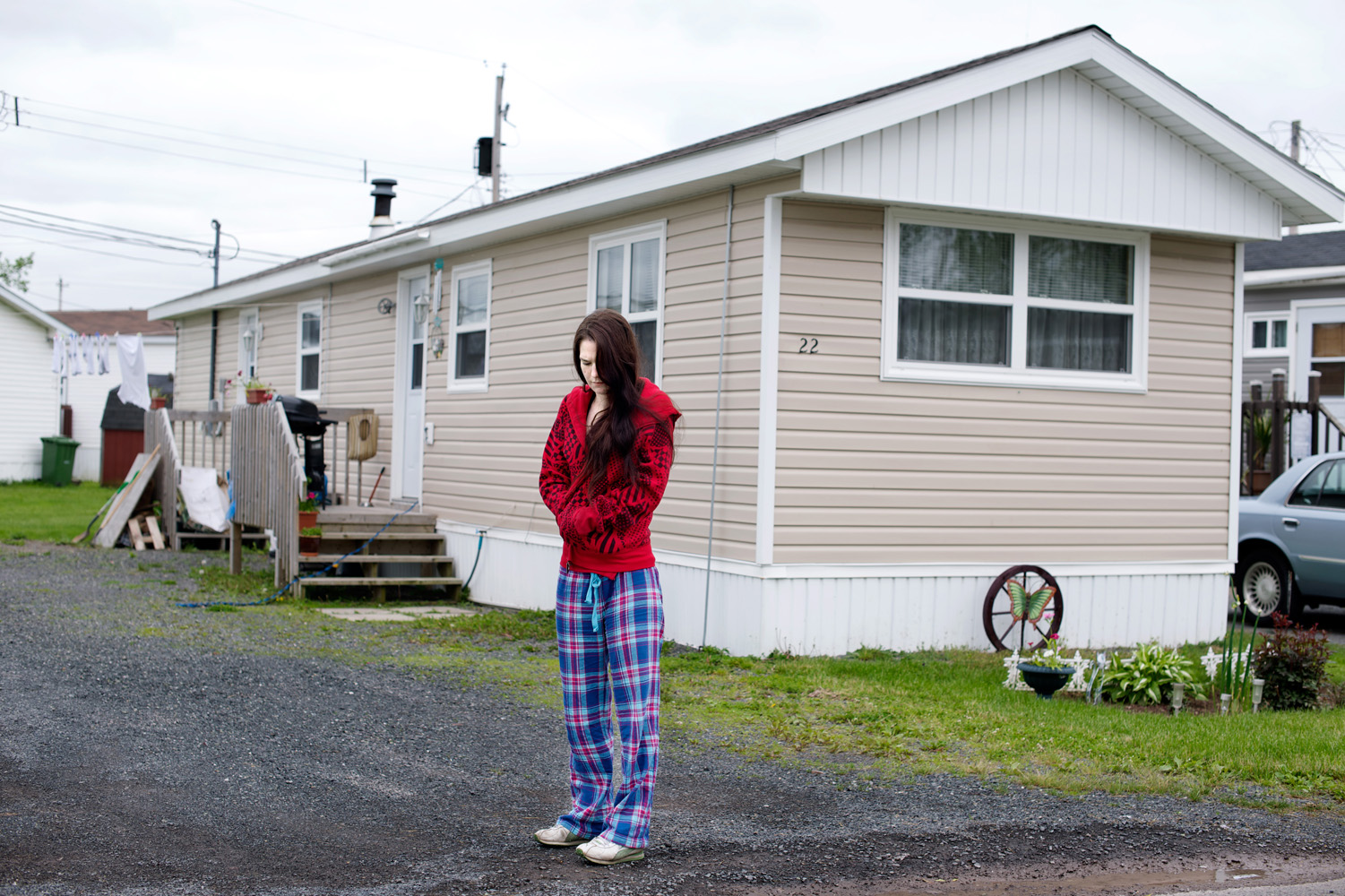
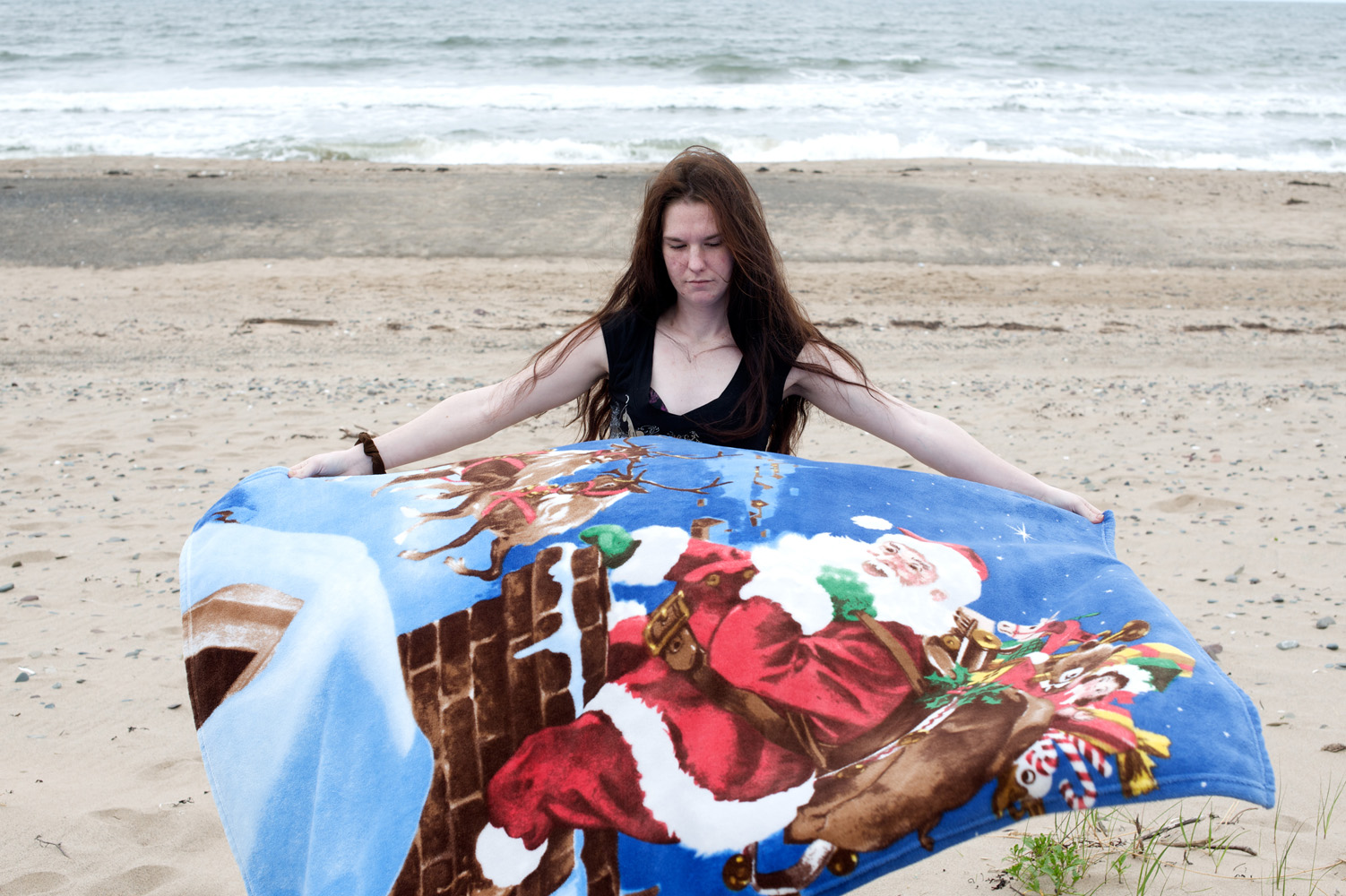
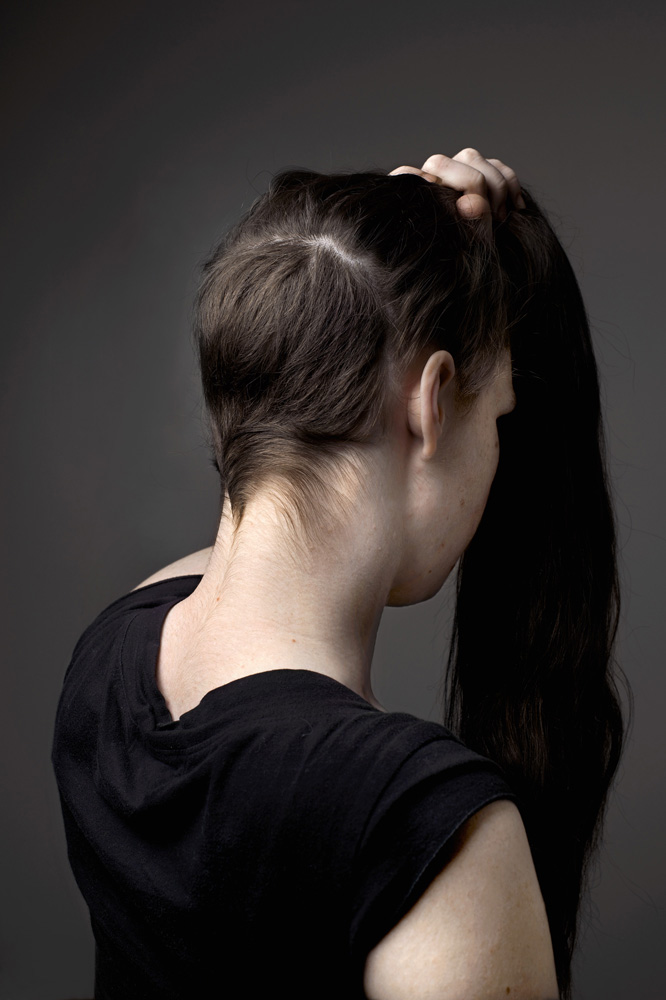

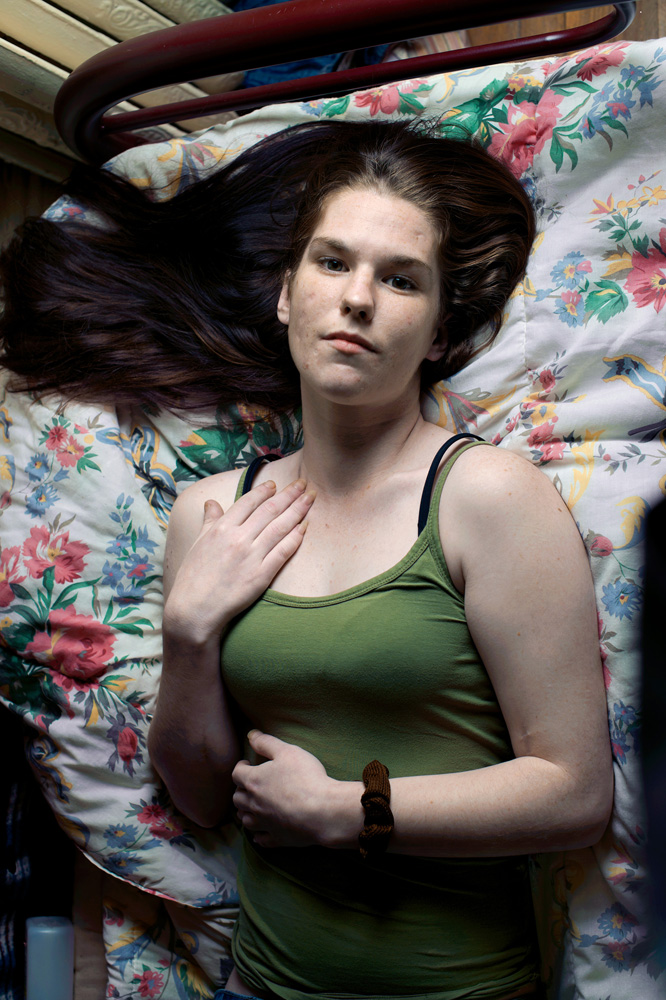

More Must-Reads from TIME
- Cybersecurity Experts Are Sounding the Alarm on DOGE
- Meet the 2025 Women of the Year
- The Harsh Truth About Disability Inclusion
- Why Do More Young Adults Have Cancer?
- Colman Domingo Leads With Radical Love
- How to Get Better at Doing Things Alone
- Michelle Zauner Stares Down the Darkness
Contact us at letters@time.com